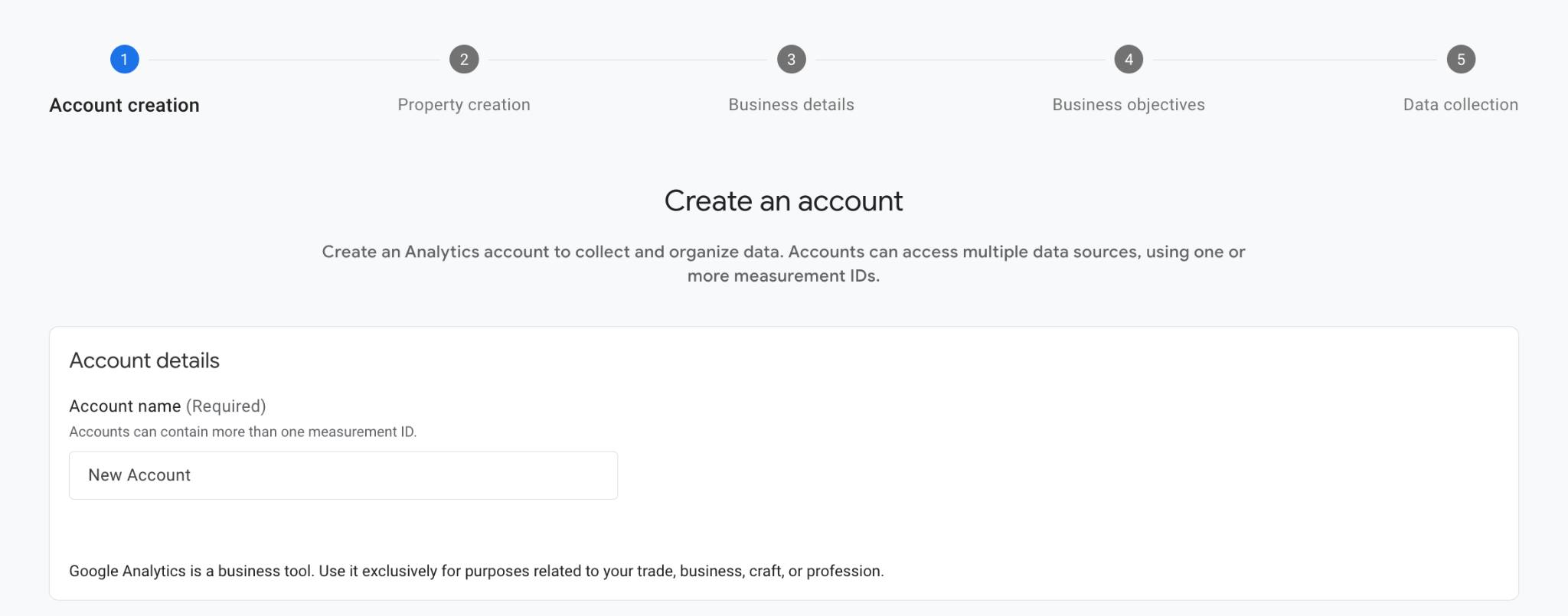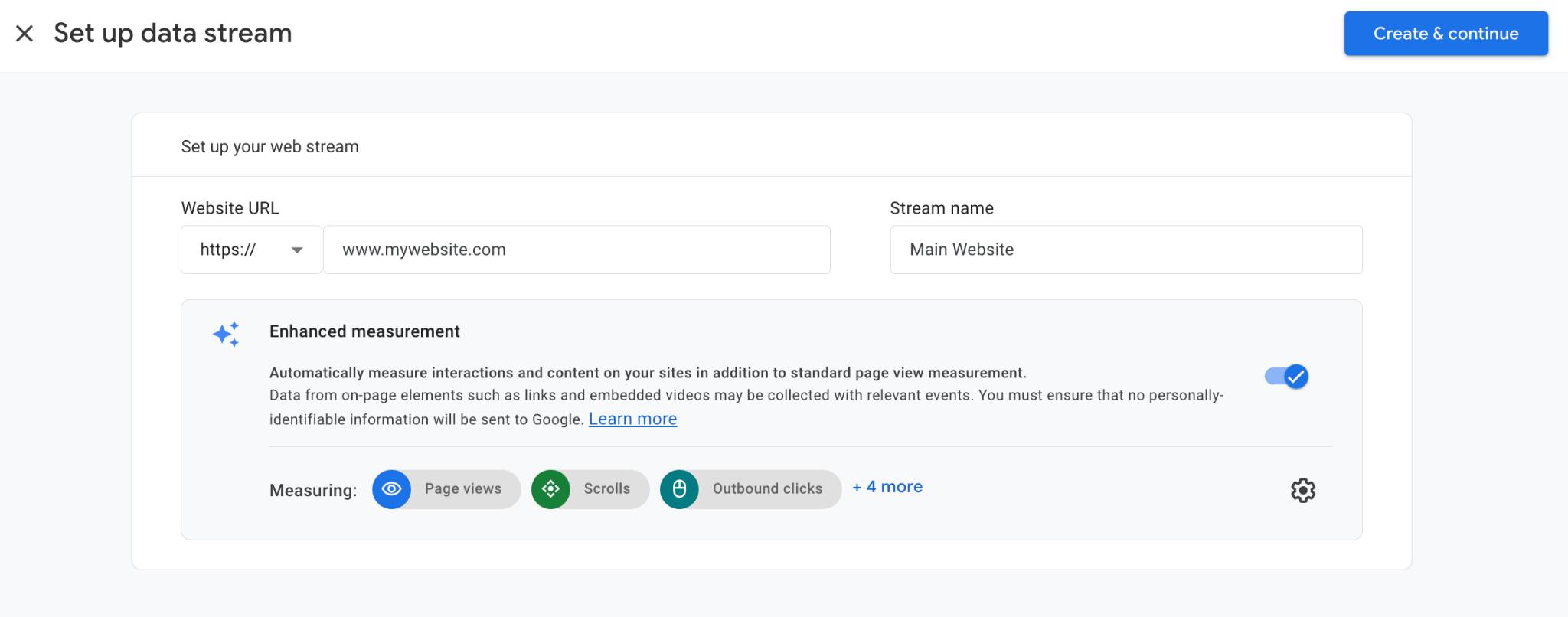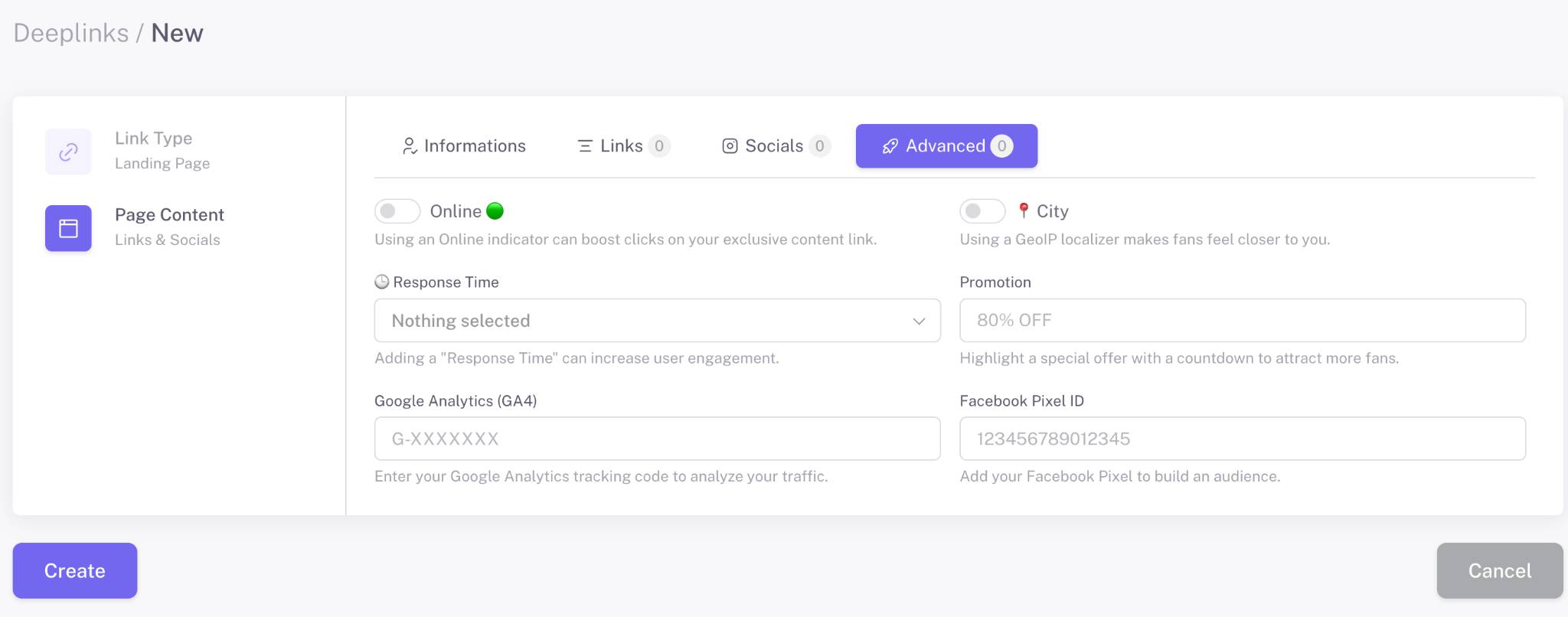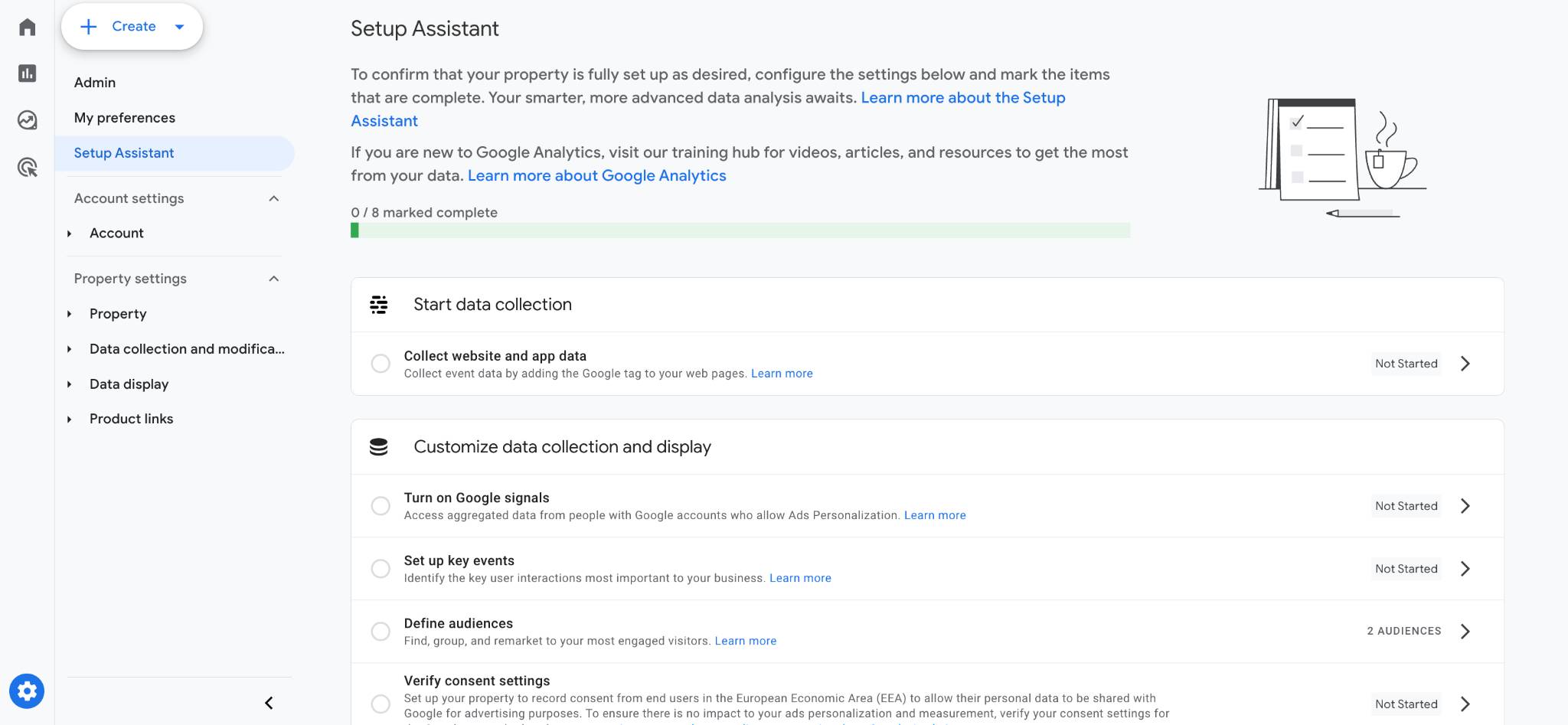How to Set Up Google Analytics: A Step-by-Step Guide

Google Analytics is a powerful tool for tracking and analyzing website traffic. Setting it up correctly is crucial for understanding your audience and improving your site's performance. This step-by-step guide will help you set up Google Analytics to track visits on your website effectively.
Step 1: Create a Google Analytics Account
- Sign In to Google Analytics: Go to the Google Analytics website and sign in with your Google account. If you don't have a Google account, you'll need to create one.
- Set Up an Account: Once signed in, click on the "Start measuring" button. You'll be prompted to set up a new account. Enter an account name, which can be your business name or website name.
- Set Up a Property: After creating an account, you'll need to set up a property within that account. A property represents your website or app. Enter a property name, select your reporting time zone, and choose your currency. Don't hesitate to select multiple business objectives, it will define the different reports showing by default.
- Set Up a Data Stream: Google Analytics 4 (GA4) introduces the concept of data streams. Select "Web" as the platform, and enter your website URL and stream name. Click "Create stream".


Step 2: Install the Tracking Code on GetAllMyLinks
Get the Tracking Code
After creating a data stream, Google Analytics will provide you with a tracking code. Find the measurement ID with the format G-XXXXXXXXXX

Add the Tracking Code in Your Dashboard
Create a new landing page (or edit the one you already created)
- Go to Page content
- Go to Advanced
- Insert your measurement ID in the Google analytics field.

Step 3: Configure Your Google Analytics Settings
- Verify Your Tracking Code Installation: Once the tracking code is added, return to the Google Analytics interface. Under the "Data Streams" section, you can click on your stream name and use the "Tag Assistant" to verify that your tracking code is working correctly.
- Setup Assistant: You can go further and enhance your tracking with the help of the Setup Assistant. This step is not essential, but will help you to have a more accurate tracking.
- Go to the "Admin" section of Google Analytics.
- Click on Setup Assistant.
- Follow the steps (turn on Google Signals, set up key events, define audiences, verify consent settings…etc).

Step 4: Analyze Your Data
The Google Analytics dashboard provides an overview of your site's performance, including the number of visitors, session duration, bounce rate, and more. Spend some time familiarizing yourself with the different reports available under the "Reports" tab.
Use Real-Time Reports: Real-time reports show you what is happening on your site as it happens. This is useful for monitoring live events or troubleshooting tracking issues. Access real-time reports by clicking on "Real-time" in the left-hand menu.
Identify your traffic's sources
Google Analytics can be very useful to help you discover where your traffic comes from. To find out, go on the left column and click on "Reports", then "Aqcuisition", and "User acquisition"

On the table below, change the parameters to "First user source / medium". You'll have more details about where your traffic comes from.
It can be from instagram, facebook, threads, youtube, twitter…etc.


What is Direct Traffic?
A lot of your traffic will be identified as "Direct".
Traffic from the "Direct" source in Google Analytics typically refers to visitors who land on your website without a traceable referral source. This can occur in several scenarios, such as:
- Typing the URL Directly: When users type your website's URL directly into their browser.
- Bookmarks: Visitors who have bookmarked your site and use that bookmark to visit.
- Untracked Campaigns: Campaigns that do not have tracking parameters (e.g., UTM tags) set up correctly.
- Email or Messaging Apps: Links clicked in email clients or messaging apps that do not pass referrer information.
- Untraceable Referrals: Visits from secure sites (HTTPS) to non-secure sites (HTTP), as the referrer data might be stripped.
- Private Browsing: Users browsing in incognito or private mode, where tracking information might be limited.
- Broken or Missing Links: Links without proper referral data, possibly due to link misconfigurations.
To ensure a more accurate tracking, make sure to use UTM-tracking parameters when you share a URL. It looks like this:

Conclusion
Setting up Google Analytics is an essential step in understanding and improving your website's performance. By following these steps, you'll be able to track visits, analyze user behavior, and make data-driven decisions to enhance your site.
Regularly review your Google Analytics data to stay informed about how your site is performing and to identify opportunities for growth.
